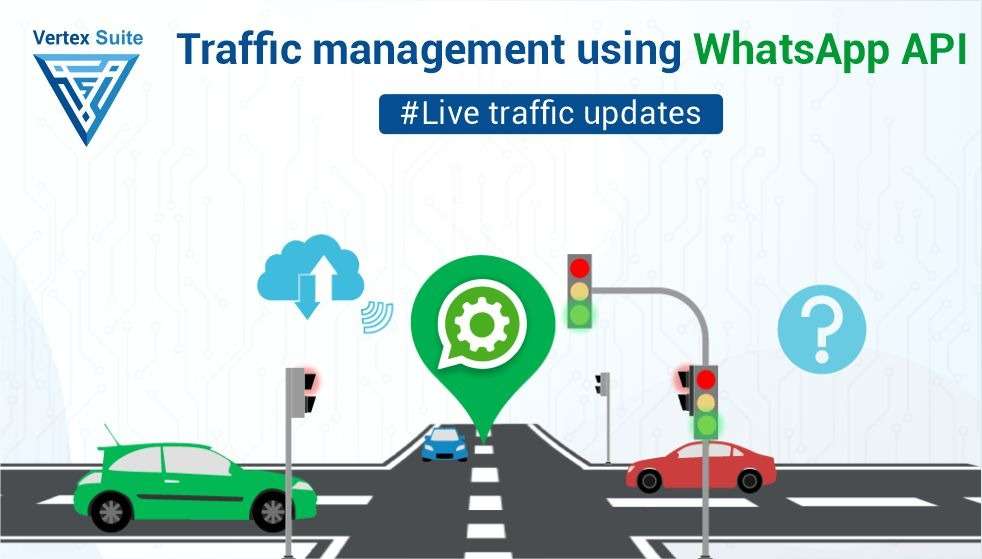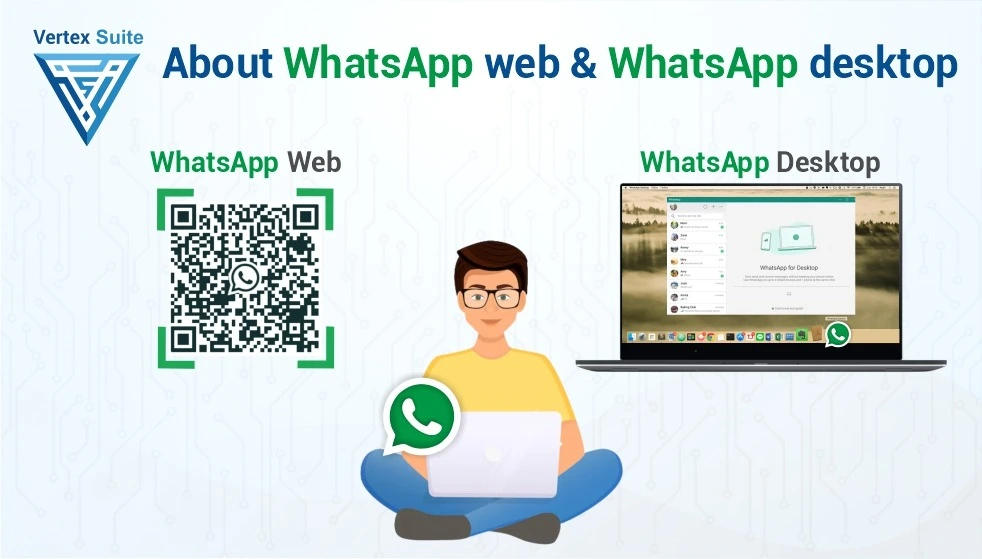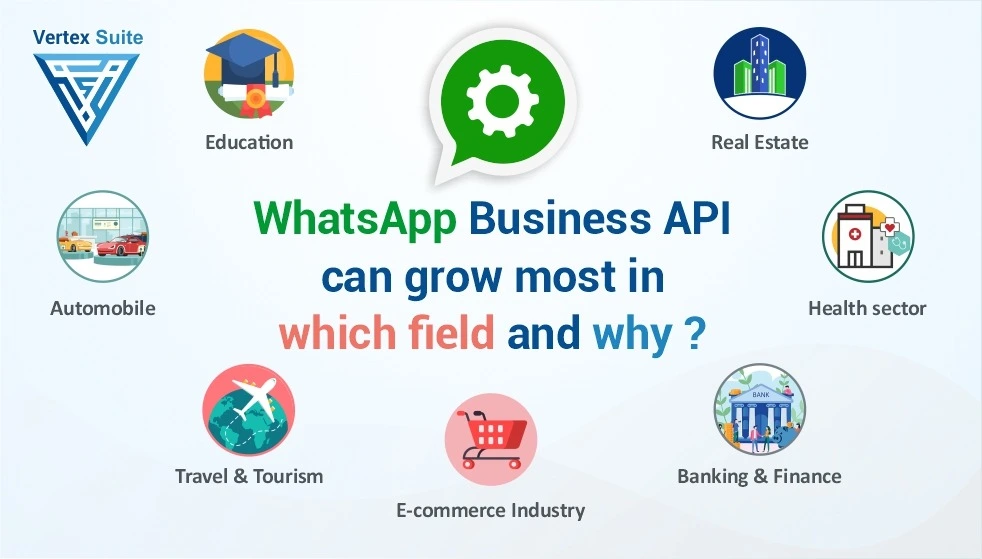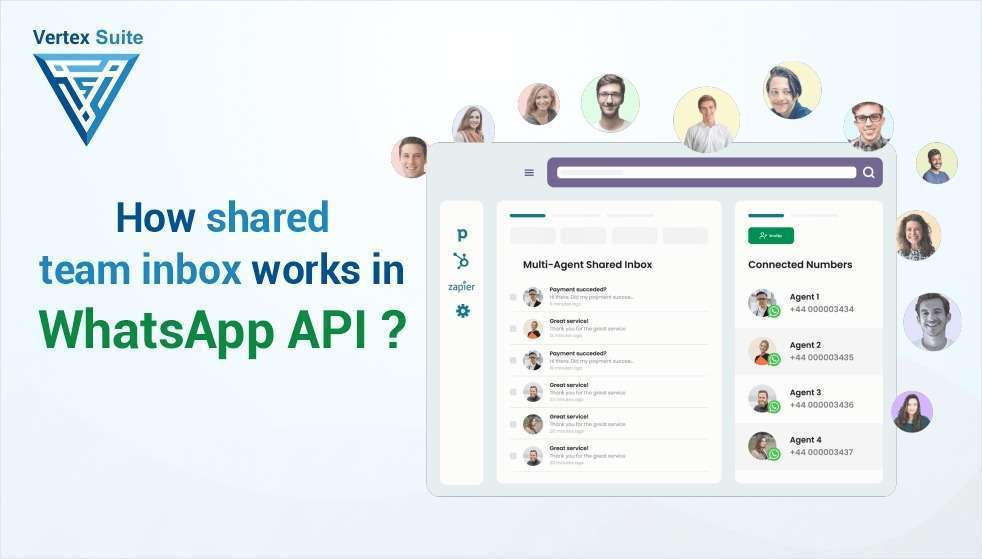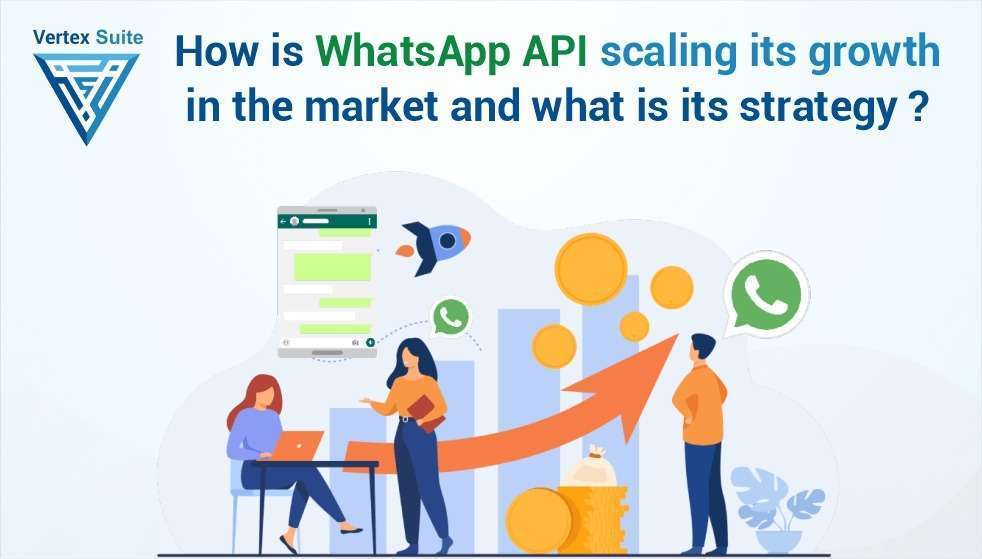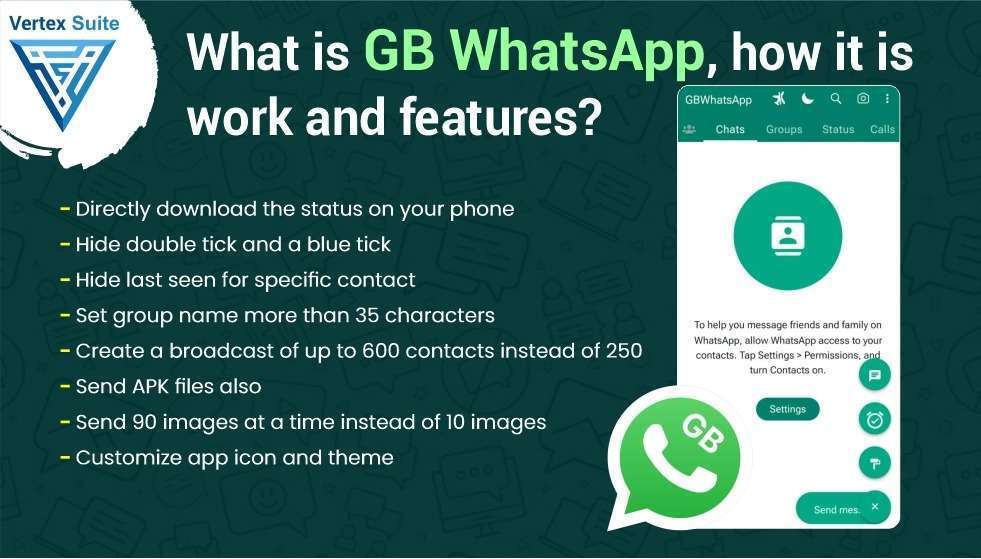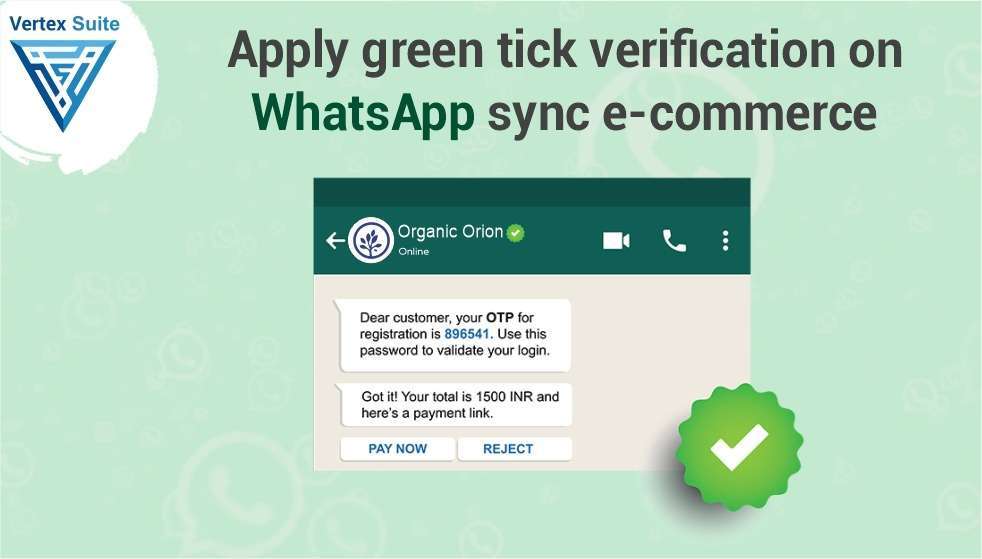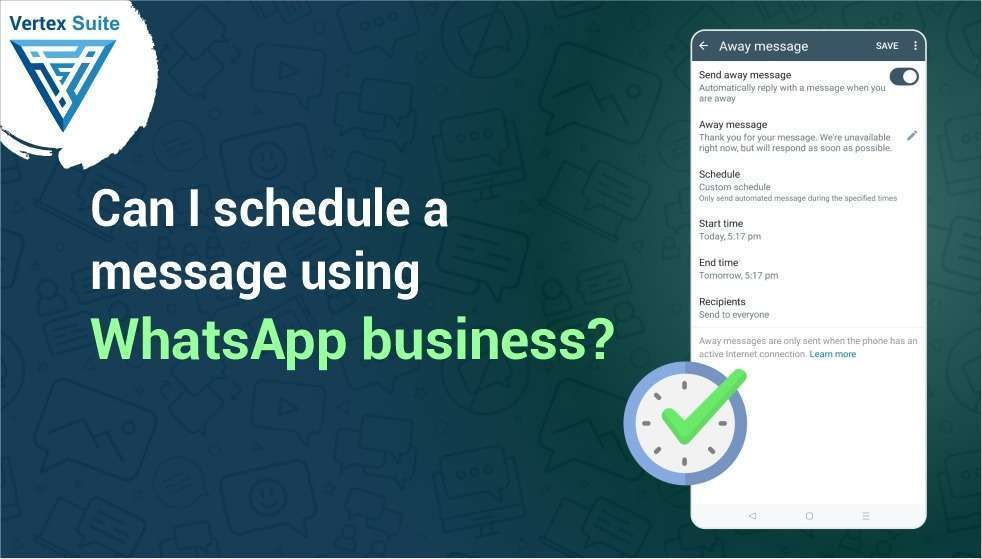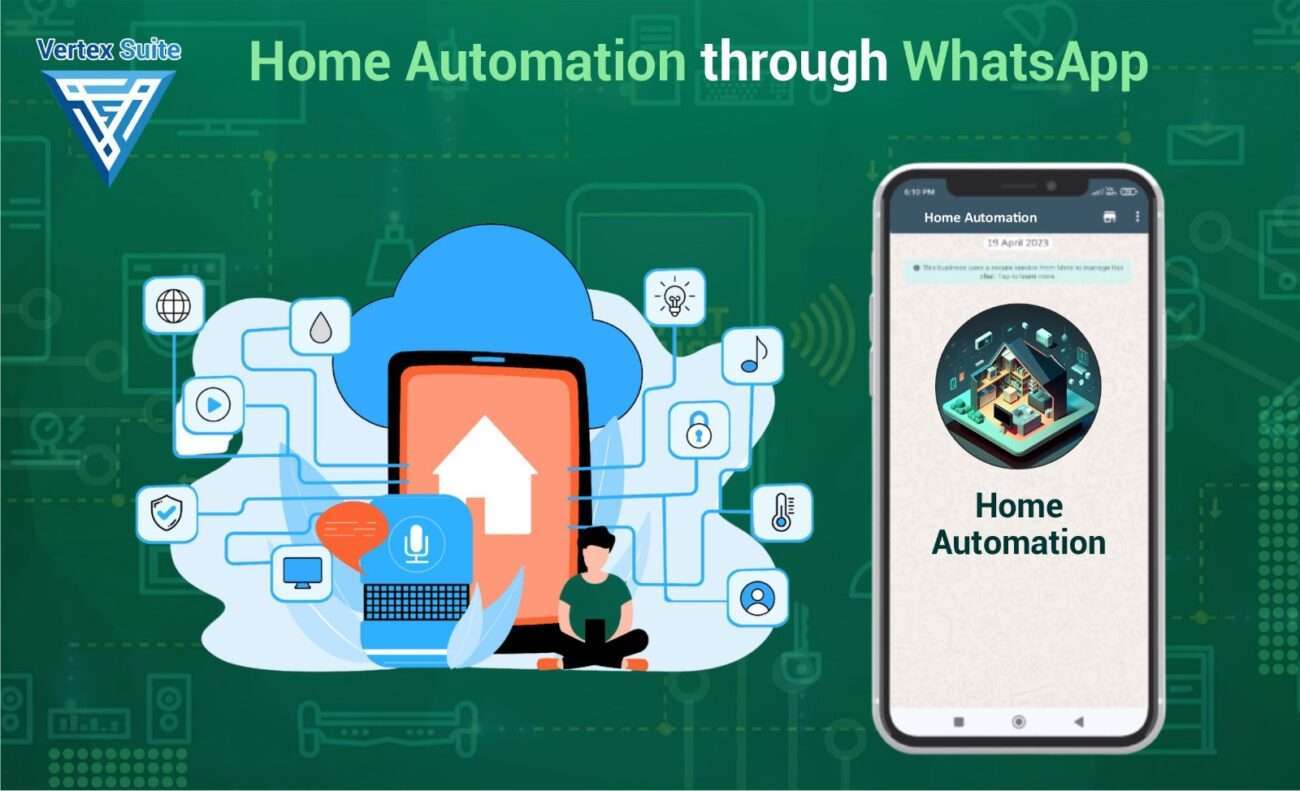India is a country of more than 140 crore citizens in which the traffic system of India is notorious for its chaos and inefficiency. There are only a few states where relatively well-managed roads are there. These states can be Delhi, Bangalore, Hyderabad, Mumbai, Kolkata etc.
In today's busy life, it has become very important to have a proper traffic system. If it is not corrected in time, then the difficulties will increase, people will not be able to reach any place on time. And the data says that if your office is 5 km away, then it still takes 1 to 2 hours due to the traffic system.
For this, a better information technology system is required which can help in improving the traffic management system. Now in this context, WhatsApp API can especially take advantage of its service to improve traffic management, which improves traffic management by making people aware of traffic rules through information technology. In this blog, we will explore how the WhatsApp API can be integrated into India's traffic system to bring significant improvements.
Understanding WhatsApp API
WhatsApp API is a tool that allows businesses and organizations to communicate with their audience on WhatsApp in a structured and automated way. It is mainly used to send notifications, alerts and even interact with users through chatbots. By integrating WhatsApp API in the traffic system of Indian government, officials can organize communication in a systematic way. WhatsApp helps in improving the traffic system by providing many features like providing information about traffic rules, how to apply for driving license online, providing information about which route will be more busy, providing information about which route will be closed for you today.
Key Areas Where WhatsApp API Can Improve Traffic System
WhatsApp API is rolling out real-time traffic updates to improve India's WhatsApp ecosystem. Let's see the benefits of this and how it works.
1. Traffic monitoring and data collection:
-> Traffic officers can monitor road conditions in real-time with the help of cameras installed at traffic intersections, GPS data observations and sensor integration.
-> This data is continuously analyzed to identify traffic jams, road blockages, accidents and other disruptions.
-> This real-time data helps in identifying traffic jams, road blockages, accidents and other disruptions, which will help in resolving problems.
2. Integration with WhatsApp API:
-> The collected traffic data is fed into a centralized system integrated with WhatsApp API.
-> When the collected traffic data is fed into a centralized system integrated with WhatsApp API, The system automatically generates updates about the current road conditions and planned maintenance work.
3. Subscription and Opt-in Process:
-> Drivers and passengers can subscribe to receive real-time traffic updates by sending a simple message to the specified WhatsApp number.
-> Through WhatsApp API messaging, drivers and passengers can receive real-time traffic updates by sending a simple message to the specified WhatsApp number so that they can act upon them immediately.
-> During subscription, users can specify their preferences, such as their frequently traveled routes or areas of interest.
4. Personalized Traffic Alerts:
-> With the help of WhatsApp API, users can receive personalized traffic updates based on their specified preferences.
-> Through personalized data analysis, the system ensures that each user gets relevant information about the routes they frequently travel on.
5. Dynamic and interactive updates:
-> Users receive updates in the form of text messages, images or even videos, which provide clear and concise information.
-> Through the WhatsApp API, users receive updates in the form of text messages as well as images, videos, documents, which provide clear and concise information.
-> With its AI-powered chatbot system, WhatsApp can also respond to specific questions, such as “How is the traffic on XYZ road?” and provide answers instantly.
Benefits of real-time traffic updates via WhatsApp
1. Timely notification:
-> Drivers are informed about the current traffic conditions, which helps them make informed decisions on the go.
-> This reduces the chances of getting stuck in a traffic jam or facing unexpected road blockages.
2. Better route planning:
-> With the right information, drivers can choose the best possible route to their destination.
- > This will not only save time but also help reduce overall traffic congestion on major roads.
3. Increased safety:
-> Instant notifications about accidents or dangerous conditions via WhatsApp API can help drivers avoid dangerous areas.
-> Early warnings about road blocks or construction areas can prevent accidents and smoothen traffic flow.
4. Customization and relevance:
-> The WhatsApp API’s ability to opt-in and set preferences means that users receive only relevant updates, avoiding information overload.
-> Personalized alerts make the service more useful and user-friendly.
5. Wide reach:
-> WhatsApp is widely used across India, making it an ideal platform to disseminate traffic updates.
-> With over 1.2 billion users, WhatsApp has a huge reach in India, making it an ideal platform for traffic updates.
-> Even users with a simple smartphone can avail the service, ensuring wide reach and inclusivity.
Implementing real-time traffic updates
1. System setup:
-> Indian traffic authorities can set up a robust system for real-time traffic monitoring and data integration with WhatsApp API.
-> Efficient data stewardship can be achieved by seamlessly integrating with a good WhatsApp API provider.
2. Service promotion:
-> With the help of WhatsApp Business API services, you can provide real-time traffic updates and also provide traffic related information through broadcasting messages.
-> Clear instructions can be provided to users on how to subscribe and customize their preferences through WhatsApp API.
3. Continuous improvement:
-> The system can be regularly updated from time to time based on user feedback and technical advancements through the feedback system of WhatsApp API.
-> Ensure accuracy and timeliness of updates to maintain user trust and engagement as users better engage with your systems.
Traffic rule awareness campaign
Traffic officers can prove to be an effective tool for running traffic rule awareness campaigns through WhatsApp.
1. Educational messages:
-> Traffic officers can send regular messages based on traffic rules such as speed limit, use of seatbelts and pedestrian officer.
-> These messages can be tailored to address common violations and misconceptions.
2. Interactive quiz:
-> With the help of WhatsApp API, traffic officers can send quizzes to increase knowledge of traffic rules, so that there is a correct knowledge of traffic rules.
-> Reward them for better scores through this quiz, which will further increase the interest of the user in participation.
3. Informative videos:
-> Traffic related informative videos are playing an important role in following traffic rules. In which you are showing the importance of following and the consequences of violation.
-> These videos can be easily shared and forwarded through the WhatsApp API, thereby increasing their reach.
4. Infographics and Tips:
-> Infographics can highlight key traffic rules and safety tips through images.
-> These can be shared regularly to reinforce important messages through the WhatsApp API.
5. Feedback Mechanism:
-> WhatsApp Business API allows users to provide feedback about traffic rules or ask questions, raise complaints, thereby making the campaign interactive and responsive.
-> By leveraging WhatsApp’s many campaigns, traffic systems can effectively reach out to their audiences, thereby promoting better compliance of traffic rules.
Emergency Alerts and Assistance
1. Instant Alerts: Through WhatsApp, traffic officials can send instant alert messages to nearby drivers and nearby residents in case of any accident, natural disaster or other emergency situations.
Example: If a major accident occurs on a busy highway, nearby drivers can avoid going on that highway by sending live traffic updates through WhatsApp, which will reduce congestion and reduce the risk of further accidents.
2. Request Help: If a driver meets with an accident while driving, nearby drivers can inform the traffic police about the accident through WhatsApp and request for help.
Example: If you are traveling on a road and your car breaks down on the same road, you can send your location and a brief description of the problem to emergency services through WhatsApp, which will ensure a quick response.
Fines and Penalty Notifications
1. Automated Notifications: Through AI powered chatbot, if a traffic officer detects a traffic violation such as speeding, jumping traffic signal etc. then automated notifications can be sent based on the rule. These automated notifications include the details of the violation such as date, time and nature of the violation.
2. Easy Online Payment: Through this WhatsApp chatbot, traffic officers can send a link to the online payment portal to drivers based on the traffic violations, saving time and not needing to visit the traffic police station for payment.
Example: A driver who gets a ticket for speeding can pay online and save time.
Feedback and Reporting Mechanism
Report Violations and Issues: Citizens can use WhatsApp to report traffic violations, unsafe road conditions or suggest improvements. For example, if a resident sees a dangerous pothole on a busy road, they can send a message to the traffic officer with a photo and location details.
For example, if a resident sees a pothole on a busy road and thinks it could cause an accident, they can send a message to the traffic officer with a photo and location details to take action immediately.
Two-way communication: WhatsApp chatbot lets you and officials communicate directly about a serious traffic issue, allowing officials to respond immediately based on the valuable data you provide.
For example: A traffic officer receives information about a faulty traffic light from many users and he takes immediate action on the problem.
Implementing WhatsApp API in Traffic Management
If traffic management implements the services of WhatsApp API in their system, then the government can take several important steps in this.
1. Collaboration with WhatsApp: For a better traffic management to work with WhatsApp, it is important to establish a secure and scalable infrastructure to handle the large volume of messages generated which ensures that the system remains reliable and efficient with more number of users.
2. Public Awareness and Onboarding: With the advance technology, there is a need to launch awareness campaigns to inform the public about the new services and its benefits through WhatsApp. These campaigns can include advertisements, social media posts and community outreach programs through WhatsApp. Additionally, the easy registration system in WhatsApp will encourage users to subscribe to various traffic related updates, which can ensure better adoption.
3. Integration with existing systems: The seamless system of Whatsapp API integrates easily with your existing traffic management system. This includes ensuring that data from traffic cameras, GPS and other sensors are used effectively to provide accurate and timely updates. All these tools help create a coherent and efficient traffic management system.
4. Continuous monitoring and improvement: Whatsapp API solution is a perfect way to continuously monitor the effectiveness of the traffic management system. Through this, you can collect feedback and suggestions from users and improve the traffic service. User feedback can also strengthen the management of the system by providing live traffic updates, necessary information.


